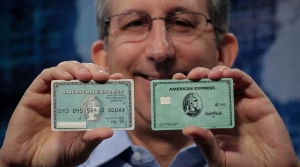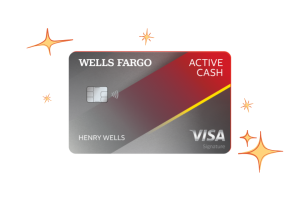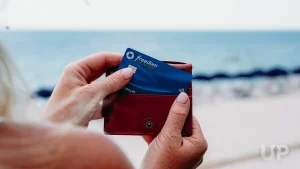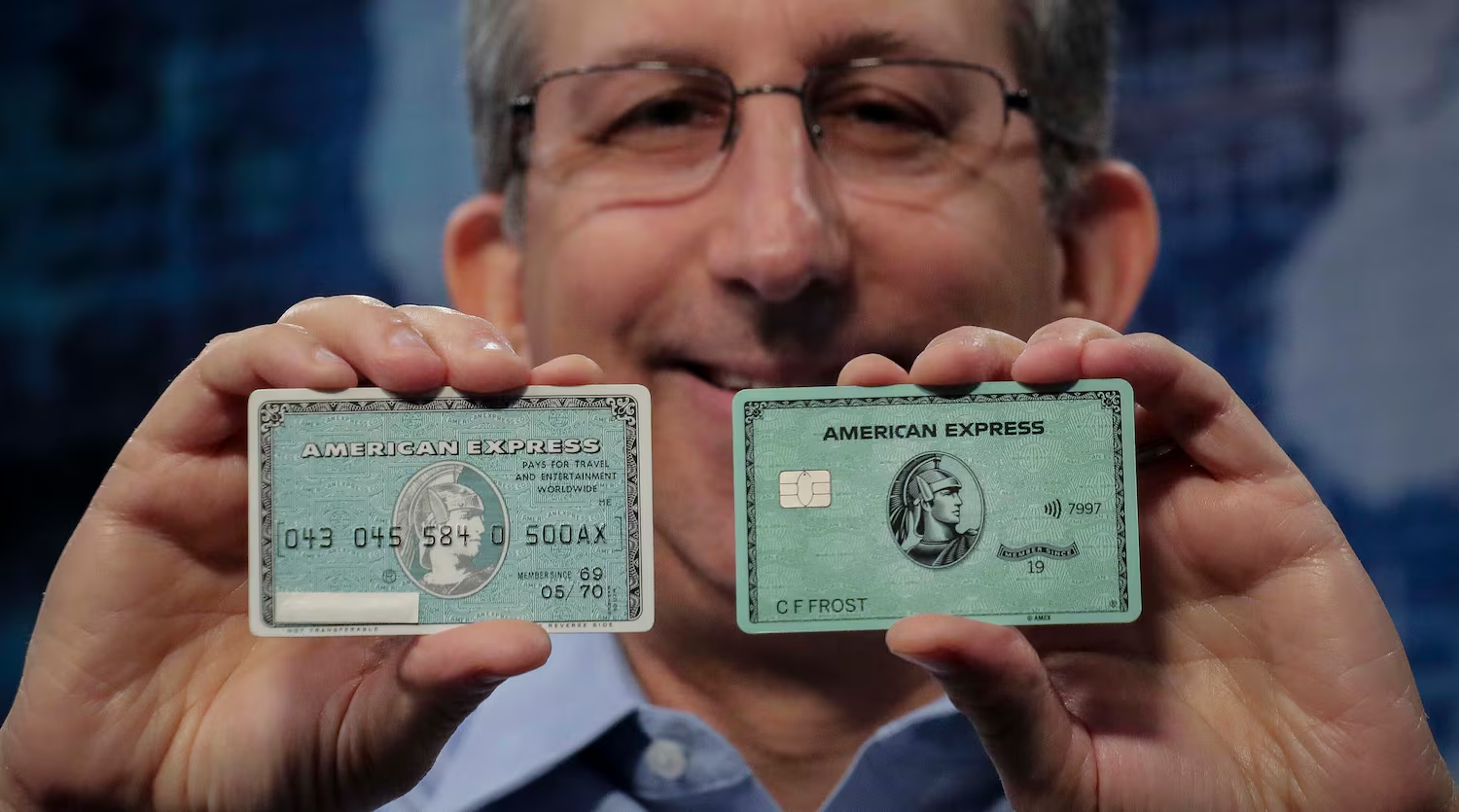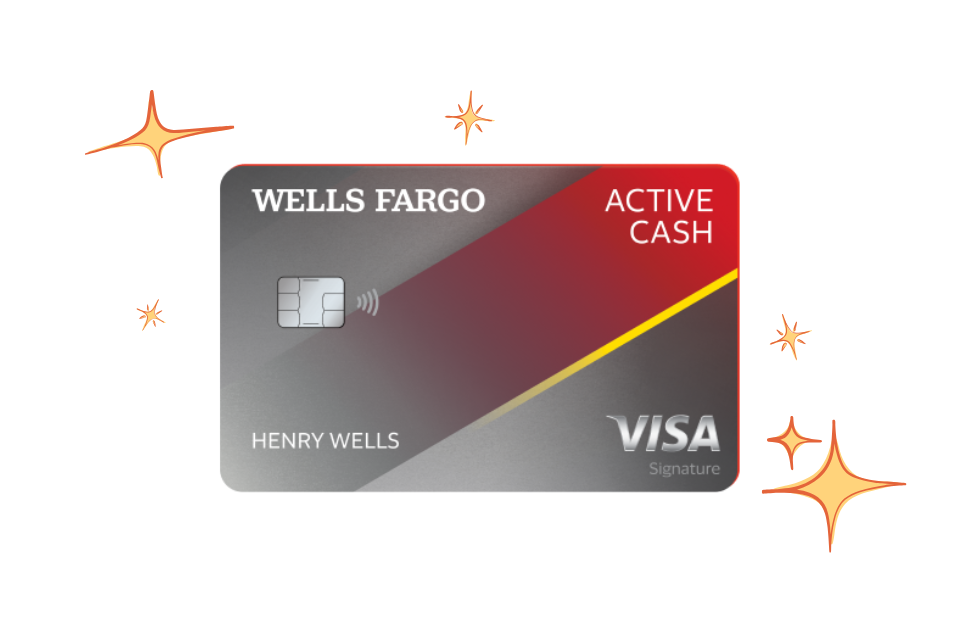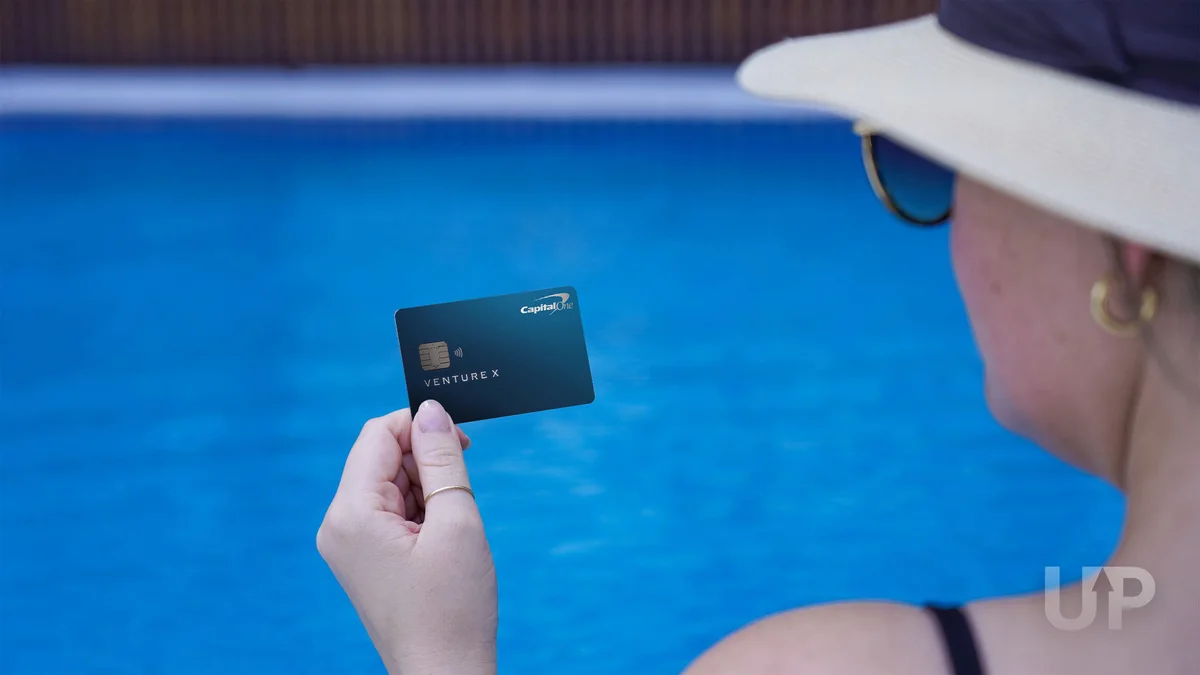Your credit card is a super convenient tool for shopping, booking, and managing your money. But, let’s face it, in today’s digital (and even physical) world, the threat of credit card fraud feels like it’s always lurking. Skimmers at the gas pump, phishing emails trying to steal your info, sketchy websites – it’s enough to make anyone a little nervous about swiping, tapping, or typing in their card details.
The good news? While fraudsters are always trying new tricks, there are some fundamental, practical steps you can take to seriously beef up your credit card security, both when you’re clicking around online and when you’re out and about. Protecting your plastic isn’t about being paranoid; it’s about being smart and proactive. Let’s dive into how you can make it much harder for scammers to get their hands on your account information.
Your First Line of Defense: Guarding Your Card Itself
Seems obvious, right? But the physical security of your card is step one.
- Treat It Like Cash (Or More!): Don’t leave your card lying around. Know where it is at all times. Don’t lend it to others.
- Be Wary of Skimmers: These are devices criminals attach to card readers (like at gas pumps, ATMs, or even POS terminals) to steal your card number and PIN. Wiggle the card reader before you use it – if anything seems loose or out of place, don’t use it. Cover the keypad when you enter your PIN. Stick to pumps closest to the store entrance, as they’re less likely to be tampered with.
- Watch Your Card During Transactions: When handing your card over at a restaurant or store, keep an eye on it. Make sure it’s swiped or inserted in front of you. Be suspicious if a staff member takes your card to a back room.
- Sign the Back of Your Card: While less relevant with chip cards, signing the back provides an extra layer of security and is often required by merchants. Write “See ID” if you prefer, but be prepared to show identification.
- Shred Old Cards and Statements: Don’t just toss old credit cards or statements in the trash. Shred anything with your account number on it before discarding.
Staying Safe When Shopping Online
This is where a huge chunk of fraud happens. The internet is convenient, but requires vigilance.
- Stick to Secure Websites: Always check that the website address starts with “https://” (the ‘s’ means secure) and look for a padlock icon in the browser’s address bar. This indicates the connection is encrypted.
- Buy from Reputable Sites: Shop with well-known, trusted retailers. Be extremely cautious with unfamiliar websites, especially if prices seem too good to be true. Check reviews if you’re unsure.
- Avoid Public Wi-Fi for Transactions: Public Wi-Fi networks (like at coffee shops or airports) are often not secure and can be easily intercepted by criminals trying to steal data. Save your online shopping and banking for a secure, private network.
- Use Strong, Unique Passwords: Use different, complex passwords for your online shopping accounts. Consider using a password manager.
- Enable Two-Factor Authentication (2FA): If a site offers it, enable 2FA for an extra layer of security on your account login.
- Be Careful with Saved Card Info: While convenient, saving your credit card number on multiple retailer websites increases the risk if that site is ever breached. Only save it on sites you use very frequently and trust implicitly.
- Watch Out for Phishing Scams: Be suspicious of emails, texts, or calls asking for your credit card number, SSN, or other personal information. Banks and legitimate companies rarely ask for this sensitive info via email or text. Don’t click on suspicious links or download attachments.
- Consider Using a Virtual Card Number: Some banks or third-party services offer virtual credit card numbers linked to your account. You can generate a unique number for each online transaction, which limits the exposure of your actual card number.
Monitoring Your Account: Your Secret Weapon Against Fraud
Even with the best precautions, fraud can still happen. The key is catching it fast.
- Check Your Account Activity Regularly: Don’t wait for your monthly statement. Log in to your online banking or credit card app frequently (daily or weekly is best) to review your recent transactions. Spot anything you don’t recognize?
- Sign Up for Alerts: Most credit card issuers offer free alerts via email or text for transactions over a certain amount, online purchases, international transactions, or even just any transaction. Set these up! They are an immediate notification system for potential fraud.
- Review Your Monthly Statements Carefully: When your statement arrives, go through every single charge. Match them against your receipts or memory. This is your final check.
- Know How to Report Fraud: Have your credit card company’s fraud department phone number or app feature handy. The faster you report unauthorized charges, the better your chances of not being held responsible.
What to Do If You Suspect Fraud
Act immediately!
- Contact Your Card Issuer ASAP: Call the number on the back of your card or use their official app/website to report the suspicious activity.
- Explain the Situation: Tell them which charges are fraudulent. They will likely cancel your current card and issue you a new one.
- Dispute the Charges: Your card issuer will guide you through the process of formally disputing the unauthorized transactions.
- Check Your Credit Report: A few weeks/months later, check your credit reports from Equifax, Experian, and TransUnion to ensure the fraudulent activity is not negatively impacting your credit score. If it is, dispute it with the credit bureau as well.
Thanks to federal law (the Fair Credit Billing Act), your liability for unauthorized charges on a credit card is limited to $50, and many card issuers have a zero-liability policy, meaning you won’t be held responsible for any fraudulent charges that you report promptly. This is a huge protection benefit credit cards have over debit cards.
Protecting your credit card takes a little effort, but it’s absolutely worth it for the peace of mind and financial security. By being mindful online and offline, guarding your card details, and keeping a close eye on your account activity, you can significantly reduce your risk of becoming a victim of credit card fraud and keep your financial life running smoothly. Stay alert, stay secure!

